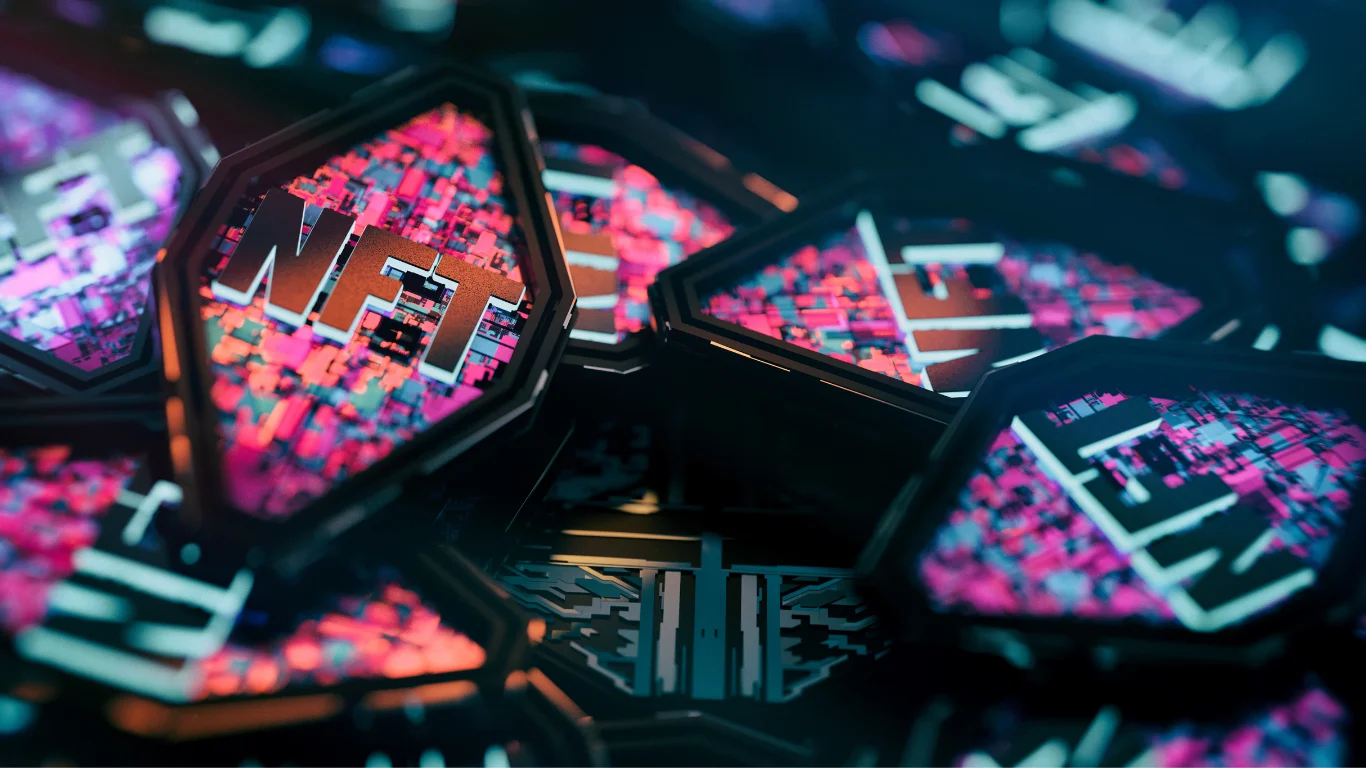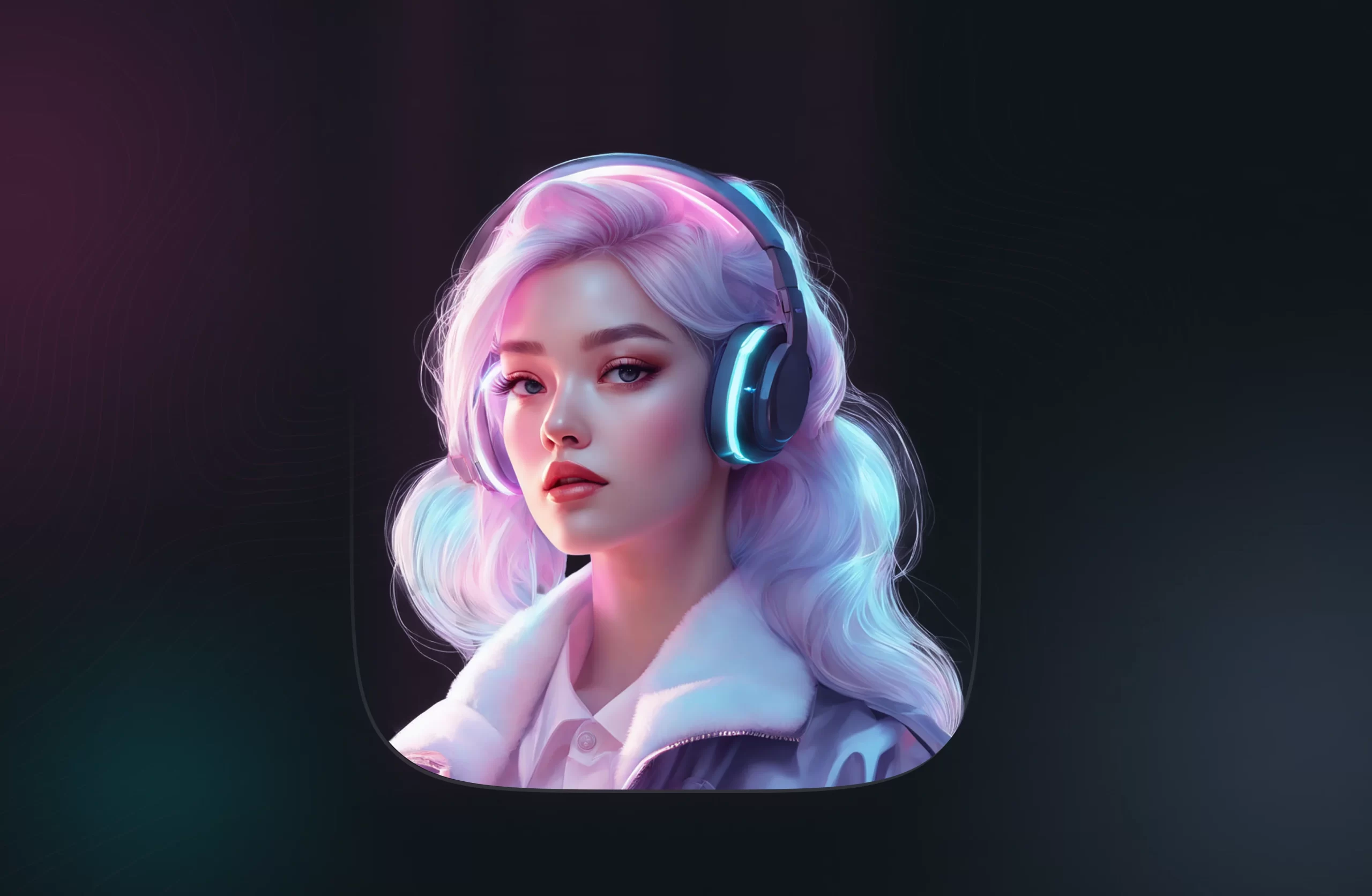If you’re not living in outer space or you have lived without the internet in the last few years, then you probably heard the word NFTs. Non-Fungible Tokens (NFTs) have stirred up the crypto universe, creating a paradigm shift in how we perceive digital assets. Lay back and join us in this article; together, we will take a small step into the concept of NFTs, explaining what they are, how they work, and why they are revolutionising numerous sectors, including art, gaming, and more.
What are NFTs?
Non-Fungible Tokens, or NFTs, are unique cryptographic assets that exist on a blockchain and cannot be duplicated. They are digital assets that hold uniqueness and non-interchangeability. NFTs can represent digital or real-world items like artwork, music, or even items in blockchain-based video games.
Unlike fungible tokens like Bitcoin or Ethereum, where each token is identical to every other token, NFTs each have distinct information or attributes that make them unique. In other words, NFTs are like snowflakes or fingerprints – no two are alike.
How do NFTs Work?
NFTs are usually built on the Ethereum network, but they can exist on other blockchains like Bitcoin, Immutable, Polygon, Solana, and Arbitrum. They are created, or ‘minted’, through a process that involves the implementation of code from smart contracts on the Ethereum blockchain network.
Each NFT has unique metadata and identifiers to manage ownership and transferability. When an NFT transaction occurs, the wallet initiating the process pays a ‘gas fee’ to the miners for their work. This fee can sometimes be high due to the demand for transactions and the limited scalability of the current Ethereum blockchain.
NFT Use Cases
The possibilities of NFTs are vast and varied. They can represent anything from virtual lands in digital worlds to ownership of real-world physical assets. Here are some of the exciting ways NFTs are being utilised:
Art
- One of the most buzzing sectors for NFTs is the art world. Artists can create NFTs of their work, providing provable ownership of a limited number of copies. This not only helps authenticate the work but also opens up new possibilities for artists to profit from their creativity.
Fashion
- NFT technology is slowly penetrating the world of fashion, where it can provide proof of authenticity and ownership for high-end, branded items. This can significantly reduce counterfeit items in the market, providing a more secure and trustworthy shopping experience.
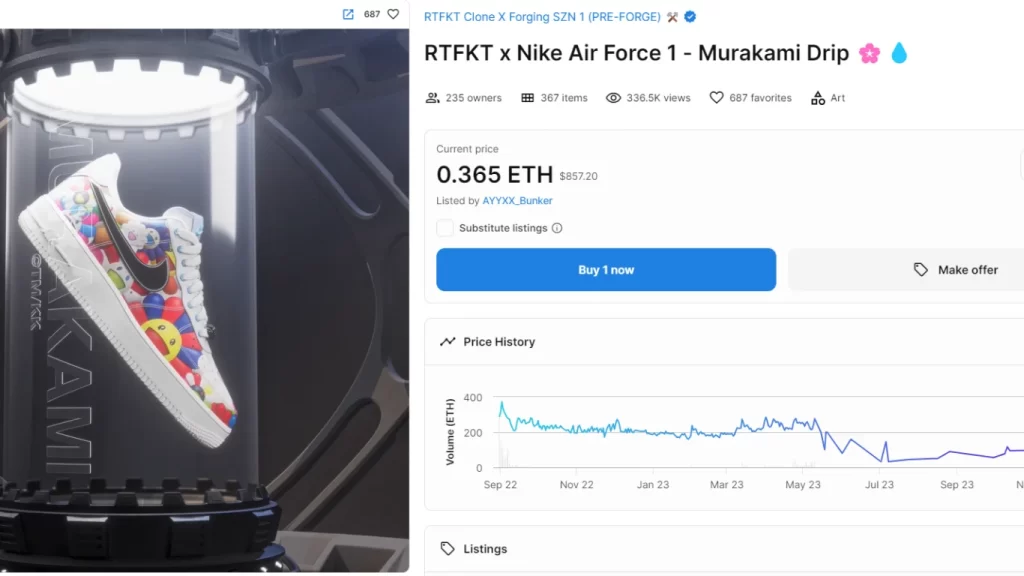
Image Source: OpenSea
Licences and Certifications
- NFTs can also be used to represent proof of specific qualifications or certifications. They can potentially simplify the process of verification and record checking, making the system more efficient and reliable.
Sports
- In the sporting world, NFTs have found utility in representing ownership of collectible items, such as digital trading cards. They can also be used to verify the authenticity of sports tickets, reducing the risk of fraud.
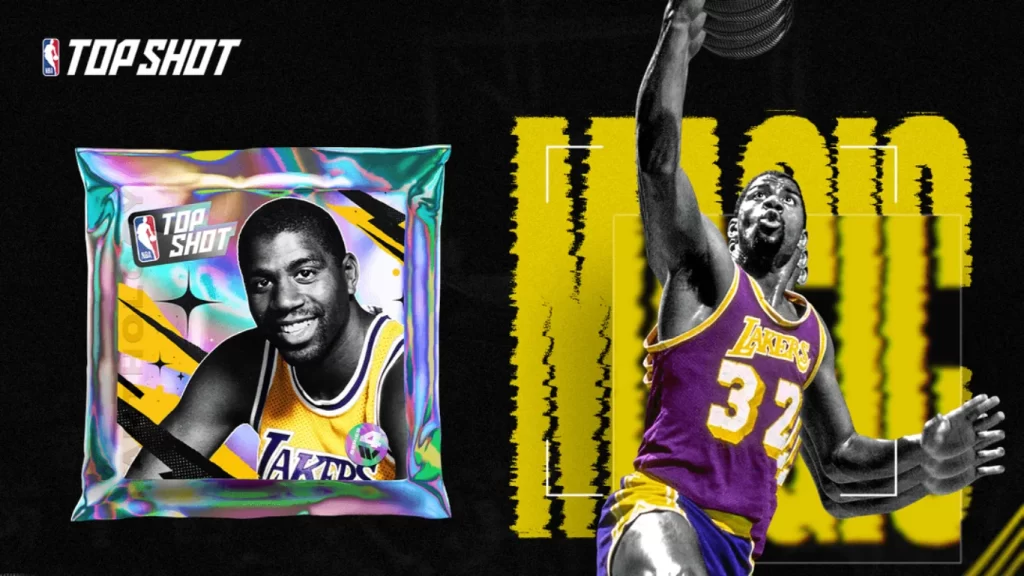
Image Source: NBA Top Shots
Gaming
- Gaming is another domain where NFTs have shown massive potential. In-game assets, like skins, weapons, or characters, can be tokenised and owned by players. This not only introduces a whole new level of interactivity in games but also allows gamers to have real-world ownership of their in-game items.
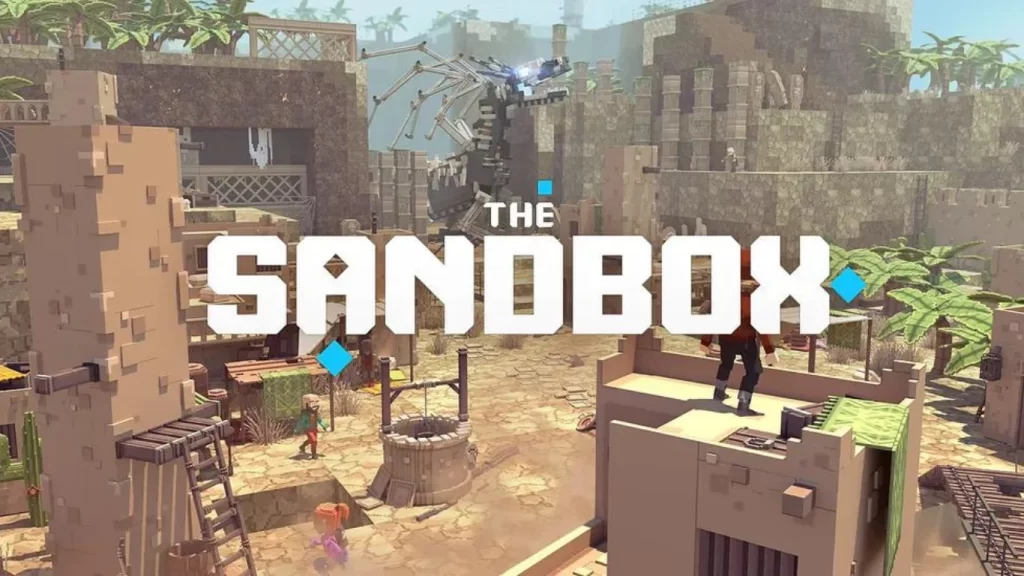
Image Source: The Sandbox
The Difference Between NFTs vs Crypto and Fiat Currencies
While NFTs and cryptocurrencies both exist on blockchain networks, they serve different purposes and have varying attributes. Most Crypto, like Bitcoin and Ethereum, are fungible, meaning each unit is identical and interchangeable. NFTs, on the other hand, are unique and cannot be interchanged with any other token.
NFTs and the Art World
NFTs are revolutionising the art world by proving digital ownership of artwork. This has opened up new avenues for artists to sell their art and receive royalties, transforming the traditional art marketplace. Major auction houses, like Christie’s, have already embraced NFTs, selling digital artworks for millions of dollars.
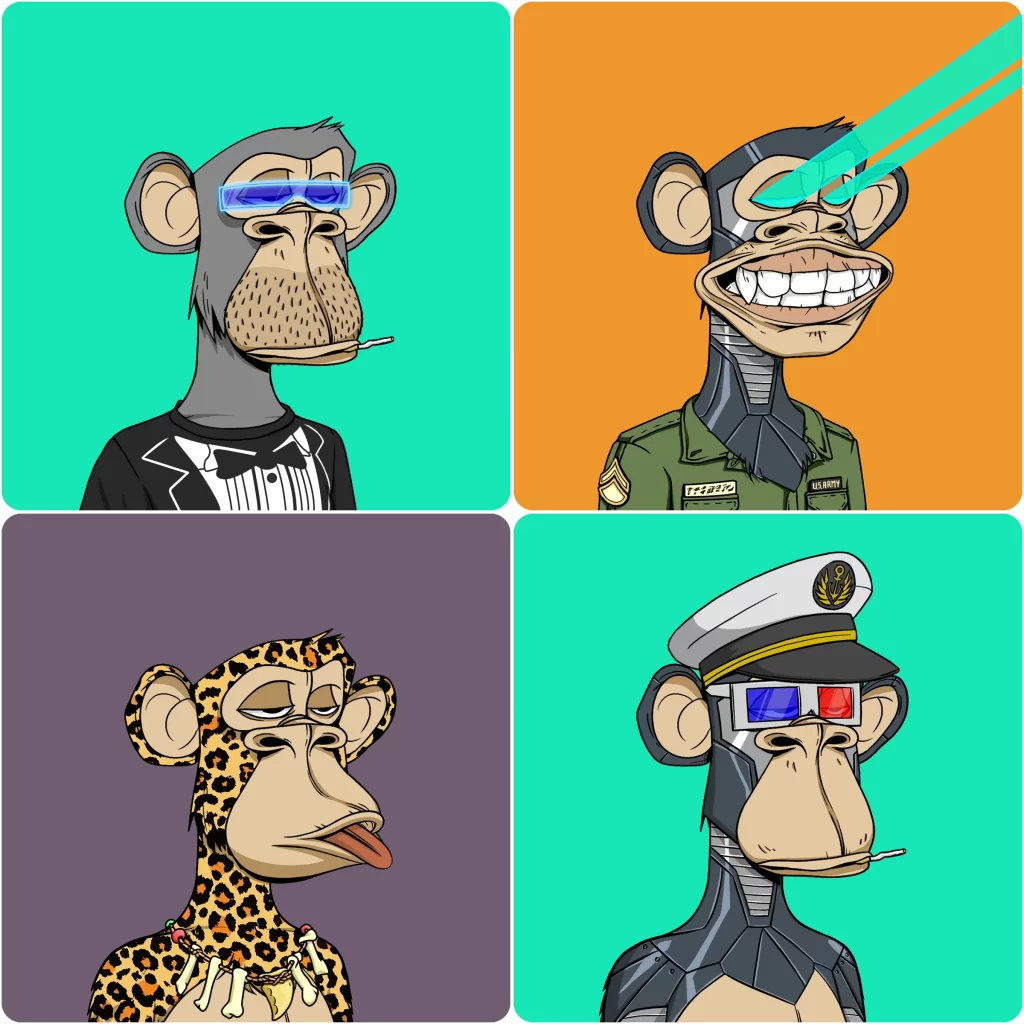
Image source: Bored Ape Yacht Club
The value of NFTs is subjective and can vary greatly. Factors such as rarity, utility, and demand can all influence an NFT’s worth. In some cases, NFTs have sold for millions of dollars, while others are worth very little.
The Future of NFTs
NFTs have the potential to transform numerous industries and change the way we think about ownership and value. While they are currently most popular in the art and gaming sectors, the potential applications for NFTs are vast and continually expanding. As blockchain technology continues to gain use cases, we can expect NFTs to become a more integral part of the digital landscape.
FAQ
What makes an NFT valuable?
Like paintings and baseball cards, scarcity plays an essential role in evaluating the value of an NFT. The more limited an NFT is the higher its potential value. Other factors, such as its utility, the popularity of the creator, and current market trends, also influence an NFT’s worth.
How can I buy NFTs?
NFTs can typically be purchased on various online marketplaces like OpenSea, Rarible, and SuperRare. Most NFT purchases require Ethereum cryptocurrency, so you will need to check on which network the NFT is stored.
Are NFTs safe?
NFTs are generally safe as long as the keys to your digital wallet are securely stored. However, like any investment, purchasing NFTs does come with the usual risks, including market volatility and potential loss of value.
What do experts say about NFTs?
Some people think NFTs are a big step forward for digital ownership and could change many industries. Others see them as a risky investment that might fail to pay off. Different experts have different opinions on this matter. However, everyone agrees that this technology is still relevantly new and new cases will add up as adoption continues.
In conclusion, NFTs are a new and exciting development in the world of digital ownership using blockchain technology. They allow you to create and trade unique digital assets that are easily verifiable. This has the potential to change how we think about ownership and value in the digital age. While they are not without their controversies and challenges, there is no denying the impact they have had on the digital landscape. As we continue to improve this technology, it will be intriguing to witness the future applications and evolution of non-fungible tokens.

